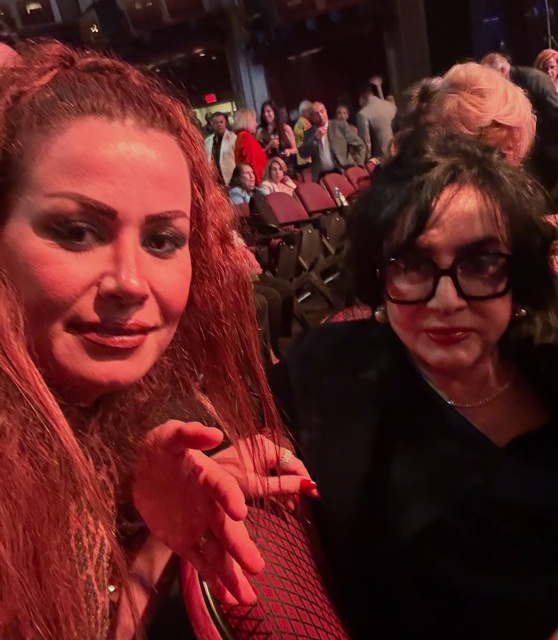Homeyra’s career flourished in collaboration with most respected composers, lyricists, and arrangers, whose artistry helped shape her unique sound. A pioneer of Persian classical and orchestral fusion. His compositions highlighted Homeyra’s tonal purity and control. His melodic sophistication gave her music both emotional complexity and elegance. In the post-revolution era, Zoland helped her adapt her sound for a modern audience, fusing Persian melody with contemporary pop structure.
Two lyricists whose poetic language mirrored the subtle emotions in her voice — love, nostalgia, and melancholy. When Homeyra left after 1979, she not only lost her homeland but also the cultural environment that had nurtured her art. In exile, she experienced a period of deep artistic silence — a mourning phase shared by many artists who found themselves voiceless in a new world. Gradually, she began to perform again — first in private gatherings, then in concerts for the growing Iranian diaspora in Europe and America.


